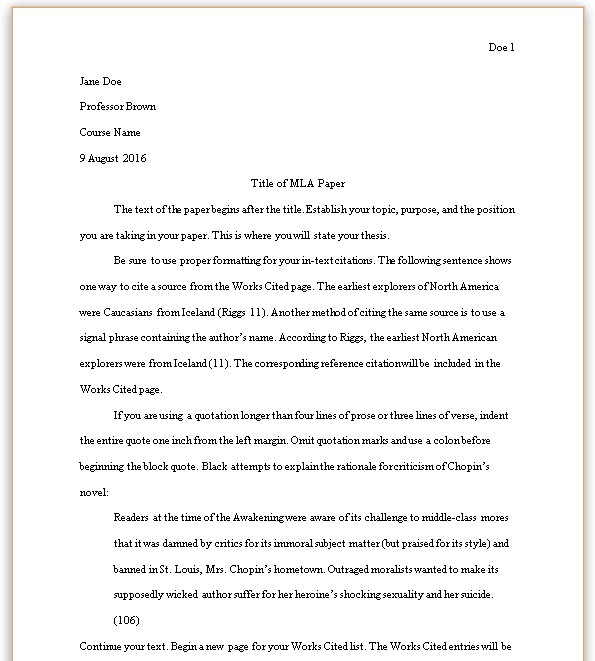A husband and his pregnant wife seek genetic counseling. Each carries one flawed copy of the gene responsible for achondroplasia; therefore, they are both dwarfs. Recently, a California research team described the mutation in a gene on chromosome 4 that causes achondroplasia. The counselor explains that genetic testing can determine whether the fetus has inherited the mutated gene. In the discussion, the couple informs the counselor that they will abort any fetus that carries two mutant genes. That’s not surprising because children born with two such genes rarely survive beyond infancy. This couple has had a child in this circumstance who died when it was 2 months old.
This time around, they say, they want a baby who is heterozygous for the achondroplasia trait. This child inherits a flawed gene from one parent and a healthy gene from the other parent. That genetic combination means the child will be a dwarf—just like the parents. At the same time, the parents say, they will abort any fetus that does not inherit one copy of the mutant gene. Should the counseling center perform the test, knowing that the couple plans to abort a healthy fetus?
Some of the things to consider include the fact that achondroplasia is a serious disorder. The bones can be abnormal in structure, sometimes requiring the use of a wheelchair. Yet, many dwarfs live long, healthy lives and don’t regard their condition as a disability. In addition, some couples with this condition worry about problems involved in raising a normal-sized child.
· Determine what the ethical dilemma is for the scenario (perform the test or not?).
· What would you do if you were the genetic counselor?
· Present arguments for both sides of the issue.
· Remember that genetic counselors should present options to clients and not make decisions.
The second scenario deals with paternity and is quoted from Science News.
A husband and wife have a child who suffers from cystic fibrosis (CF), an incurable, fatal hereditary disease that results in frequent infections and difficulty breathing. The couple wants to determine their risk of having another child with this disorder. Because CF is a recessive disorder, a child usually must inherit the CF gene from both parents to get the disease. A child with just one CF gene is a carrier: Such a person doesn’t have the disorder but can pass the trait on to the next generation. The DNA test revealed that the mother of the child carried the CF trait; however, her husband did not. The DNA tests showed that he was not the biological father of the child.
The fact significantly decreased the couple’s chance of having another child with CF. But the test has put the counselor in a difficult situation. Should the counselor tell the couple about the nonpaternity findings? Should the mother be told privately? If so, is the center colluding with the mother to withhold information from the husband?
In addition, this case brings up issues concerning the biological father of the child. This man has not contracted with the genetics center for the test, yet the counselor now knows that this man is probably a carrier of the mutant gene for CF. Should the genetic counselor call this man and tell him about his risk?
· Determine what the ethical dilemmas are for the scenario (reveal paternity to wife? reveal paternity to husband? reveal carrier status to biological father?).
· What would you do if you were the genetic counselor?
· Present arguments for both sides of the issue.
Step 2: Read through your Textbook, Web Resources, and Other Supplemental Resources to Answer the Questions from the dilemmas. This activity affords you an opportunity to review concepts from the chapters (recessive-dominant, genetic testing, etc.). As you answer the questions, make sure you utilize paragraph format as well as APA guidelines. If you use references, make sure to cite those as well.
Step 3: Look over your Assignment for Spelling or Grammar Errors. It is always a good idea to proofread your work prior to submission. Take this time to read over your assignment and make sure you have thoroughly and thoughtfully explained your answers to the questions listed above.
Step 4: Make sure to put your assignment in a Word document (12-point font) and clearly label each with the information from the Step 5 example. You may also submit your paper in the text box provided.


